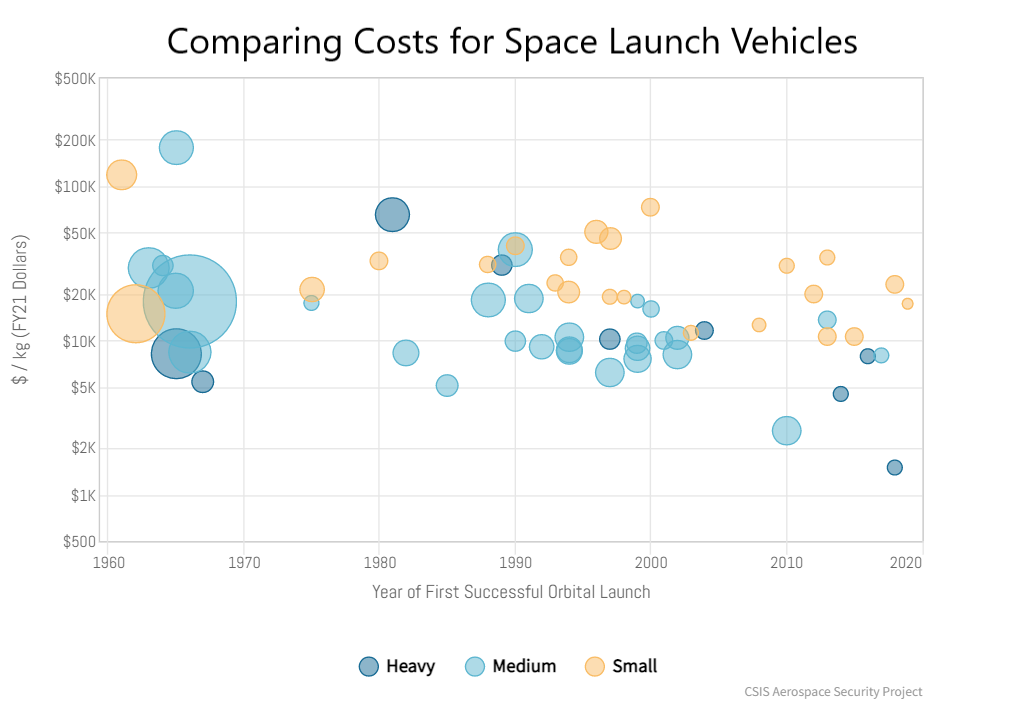– Advertisement –
When was the last time you took a good look at your overall asset positioning and holdings? Has it been six months, one year, or a decade? If you can’t remember the last time you took a look at your portfolio, then it is time to put that on your calendar. Many people do not look at their portfolio until something drastic happens, like a bubble or a correction, but this is something that you should do regularly for an important reason.
Why Set It and Forget It Is a Bad Strategy
We all know that the key to building wealth is to choose quality investments and to take advantage of compounding over time. If you are the type of person who gets nervous watching the daily ups and downs, this can be a difficult balance. Even if you have a broker manage your account, you should still check in from time to time to make sure that everything is balanced. For you, checking in once every quarter is probably enough to let you sleep at night and know that your little nest egg is growing.
For those who like to actively manage their accounts, this still applies to you. You can get so caught up in your daily trades and chasing the next opportunity that your diversification can become skewed to sectors that are “hot.” This is all good when the sector is in a bull run, but you can quickly find yourself in trouble if the market takes a downturn. This is a case of not being able to see the forest for the trees. For you, it is probably a good idea to step back at least once a month and make sure that your portfolio is not too heavy into a certain sector.
Is Your Portfolio Set for an Inflationary Period?
Now that we have a few ground rules established about when you should check your portfolio, we need to address the current elephant in the room. You cannot turn on any major news agency without hearing about an impending period of inflation. “Safe haven” investments like CDs and Money Market Funds have seen a dismal performance. In an inflationary economy, savings accounts and low-performing investments can lose money when compared to rising costs of basic goods. So, what should you do?
To understand what to do, we have to go back in history and examine periods of inflation to see what investments performed best. Many people believe that the energy sector is always a safe bet, but in a recent study by Harvey and associates, it was found that no single sector was the perfect hedge against inflation. This includes the energy sector.
With the myth of the energy sector as a safe haven busted, what should you do? According to the study, Treasury Inflation-Protected Securities (TIPS) are the only real safe bet. They generate real returns in both periods of inflation and between periods of inflation. During the past five inflationary periods, TIPS had a 2% annualized rate of real return.
The bad news is that even this might not hold true today because the current yield on TIPS is 0.872%. This yield was reported on June 2, 2021. What this means is that they are expensive, and when the inflationary period ends, you will get a negative return.
The favorite pick of Harvey and associates were commodities and real estate. This illustration gives you a good reason why it might be time to take a look at your portfolio and make a commitment to reviewing your asset allocation more frequently in the future. Being proactive is your best hedge against inflation rather than waiting until the bubble bursts. A well-diversified portfolio is always your best strategy to protect your nest egg in any market.
– Advertisement –



